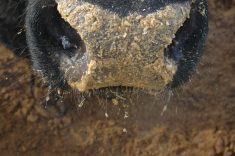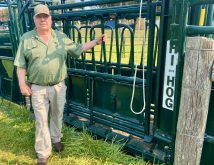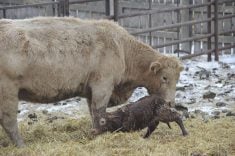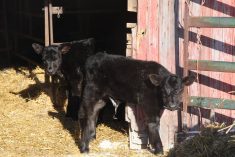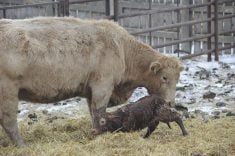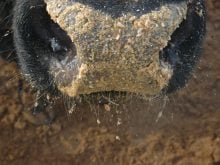Cattle, particularly heifers, that are more physically stressed and exposed to aggression are more likely to cut dark
REGINA — Beef carcasses deemed as dark cutters represent a small percentage of slaughtered cattle but a significant discount to producers.
A Canada B4 grade reduced carcass value by about $300 at the time of a recent study.
According to the Canadian Beef Grading Agency, over the last 10 years the annual prevalence of dark cutters was between one and 1.5 per cent nationwide. However, the percentage is much higher in eastern Canada than in the west.
Read Also
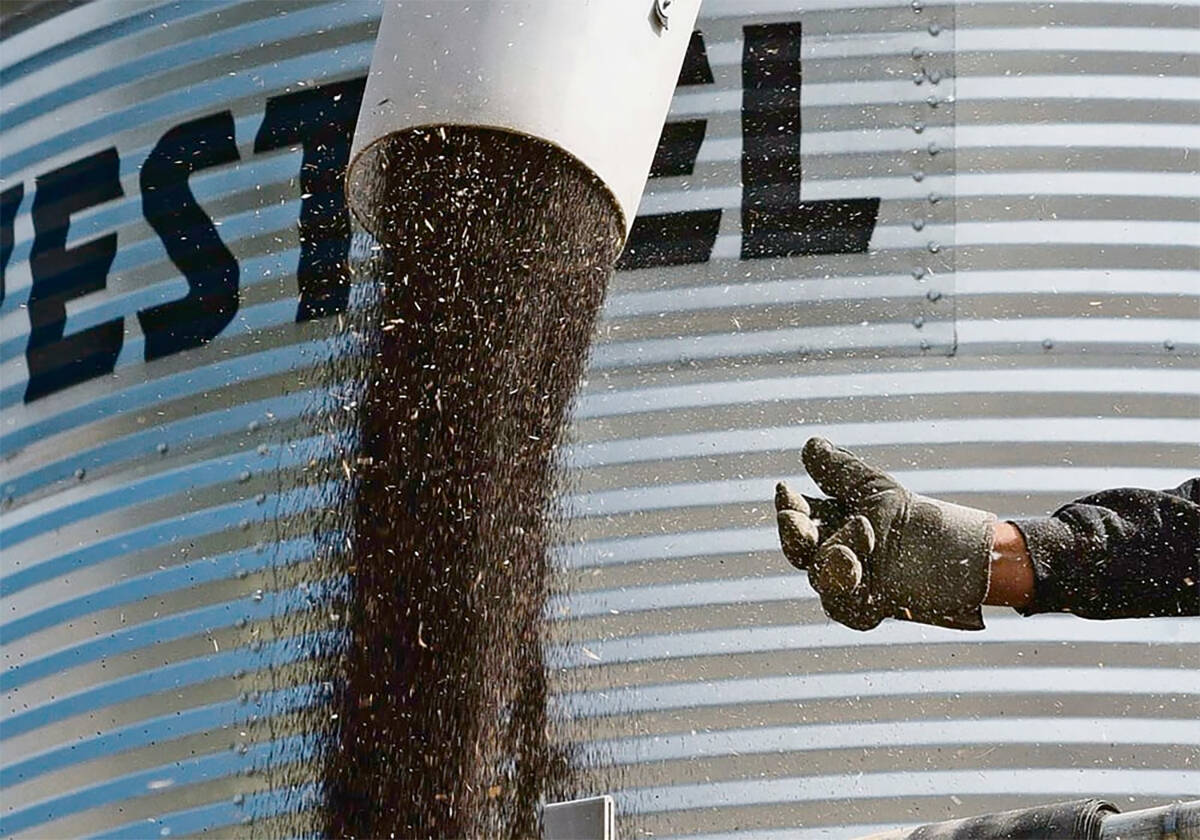
Farmers urged to be grain-safe this fall
Working around grain bins comes with risk, from farmers falling to drowning in grain: Experts have five tips to help avoid grain-related accidents this harvest.
Dr. Heather Bruce, formerly of the University of Alberta and now dean of agriculture at Dalhousie University, led a research project to see if genetic markers or live animal characteristics could predict which animals were at greater risk.
Australian researchers have found that lighter weight cattle were more likely to cut dark but Bruce said that correlation had not been made in Canada.
Heifers are also a concern.
“It’s well known that they are more likely to cut dark because of estrus activity,” she said.
That usually involves more than one animal and there is jumping, pushing, a lot of walking and a lot less eating, which makes them lighter and physically stressed.
Cattle are not built for extended physical activity, Bruce said, and they use up a lot of muscle energy.
Lower levels of glycogen in muscles at slaughter lead to dark cutting. Less glycogen results in lower production of lactic acid, pH levels remain higher than they should and there is no colour change to what is considered normal.
Physically stressed animals tend to be at more risk, as are animals going to slaughter in late summer and early fall.
Other known risk factors include aggression, such as among bulls mixed prior to slaughter, estrus, stress, aggressive implant programs and weather.
The eight-year study included two data sets. The first used live animal and carcass measurements from 180 steers and heifers from one farm. The second included data from 467 heifers from three farms, including the first. Factors such as weaning weight, live slaughter weight and feed intake were recorded.
Cattle were rested post-transport for periods of four, five, six, 10 or 72 hours; all received water and those rested the longest got feed.
Genetic markers from 80 ribeye samples from AA and B4 carcasses were assessed.
Bruce said carcass and live weight were factors in the probability of a dark cutting heifer.
While lighter, slow-growing animals are most at risk, there were also cases of very large steers cutting dark, which means there are other factors involved.
Bruce wrote on the Beef Cattle Research Council site that heifers weighing more than 1,200 pounds live and with a carcass weight of more than 715 lb. were at a substantially lower risk.
Marbling was not associated with dark cutting.
No phenotype stood out, as there was at least one dark cutting carcass across all heifer phenotypes.
The research found that cattle slaughtered after longer post-transport waiting periods were more likely to cut dark, but other research has shown a reduction with longer rest.
Bruce said the variable results could be due to management during the rest period and the quality of feed.
In the Canadian study, heifers and steers slaughtered the same day they were shipped were least likely to cut dark when held for five to six hours.
Multiple factors contribute to dark cutting, Bruce said, and it could be possible to identify those at risk based on weight, average daily gain and feed intake.
Meat from dark cutters has typically been exported to the United States, where it is used in processed meats.
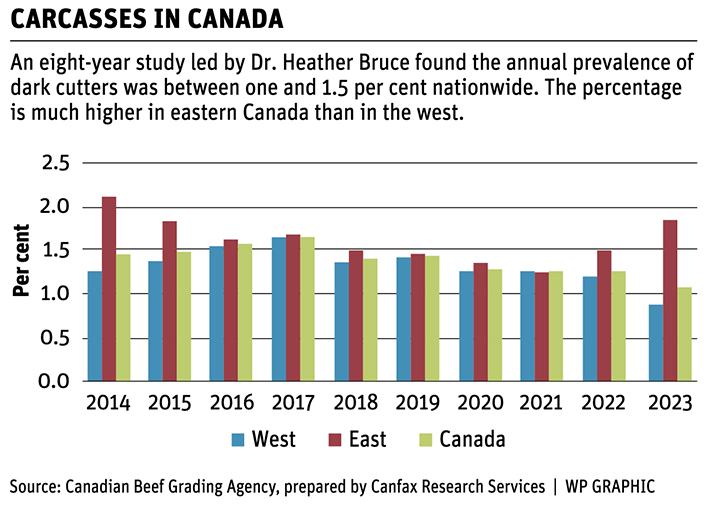
An Agriculture Canada study on eating quality found that 100 consumers could not detect any difference in taste between various grades of steak of both normal and dark cutting carcasses.
While dark cutting usually affects the ribeye or hind end of a carcass, the front end may look normal. However, the B4 grade is assigned to the entire carcass.
That differs from the U.S., where the quality grade is lowered by one level.
“The discounts packers apply to the B4 grade get factored into the price feedlots bid for feeder calves. Eliminating the B4 grade for dark-cutters and simply dropping the quality grade wouldn’t eliminate these discounts completely, but it may be a low-risk option to reduce these industry-wide losses,” Bruce wrote.
This could add value to normal cuts from the same carcasses and possibly open the door to selling cooked dark-cutting beef through restaurants and food service where consumers likely wouldn’t notice the difference.
She also said it could mean a big difference in income for a producer who ships only a few truckloads of cattle each year.
“Even though it occurs at a low level across the whole industry, it can be quite devastating financially if it’s one truckload from one farm,” she said.
In the meantime, cattle that have been severely stressed due to transport or mixing should be rested in order to completely recover and eliminate the possibility of dark cutting.
The study recommends at least overnight and possibly as long as four days of rest and feed.




